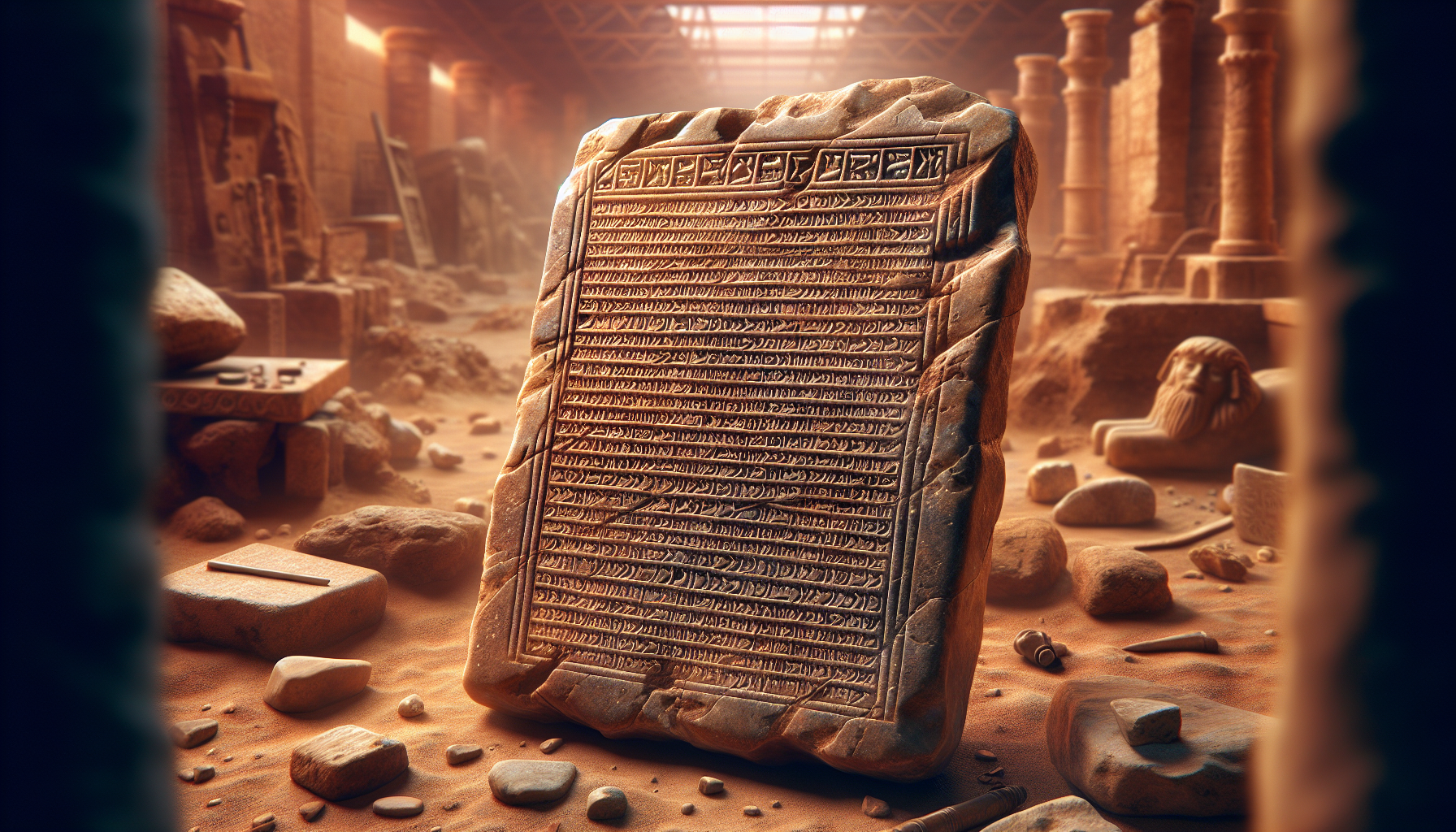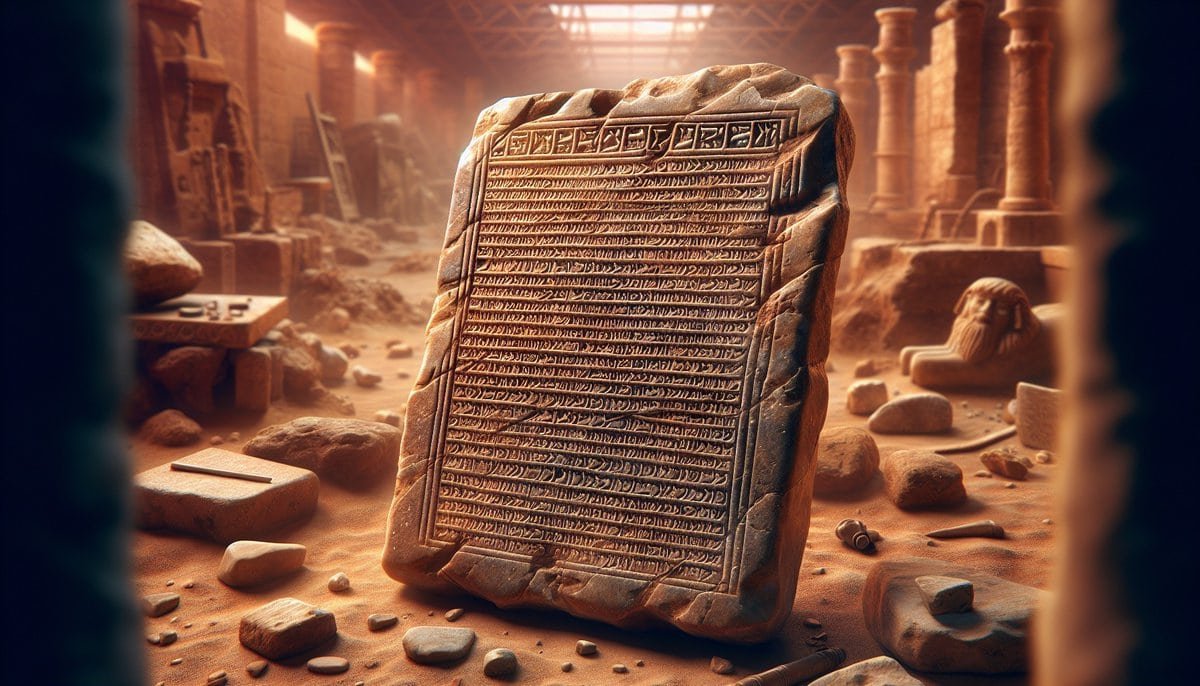In “Unearthing the Truth: How Biblical Archaeology Unveils Ancient Laws and Legal Systems,” the fascinating world of Biblical archaeology is explored, revealing its profound impact on our understanding of ancient laws and legal systems. By excavating ancient sites and uncovering artifacts, researchers have been able to piece together a clearer picture of the legal frameworks that governed ancient societies. This article delves into the significance of Biblical archaeology in illuminating the intricate legal systems of the past, shedding light on a rich tapestry of history that continues to captivate and inform us today.
Unearthing the Truth: How Biblical Archaeology Unveils Ancient Laws and Legal Systems
Introduction to Biblical Archaeology
Biblical Archaeology is a field of study that combines the disciplines of archaeology and biblical studies to uncover and understand the historical context of the Bible. It involves the excavation, analysis, and interpretation of artifacts, structures, and texts from ancient biblical sites. By exploring these remains, researchers can gain valuable insights into the customs, culture, and legal systems of ancient civilizations.
Definition and Scope of Biblical Archaeology
Biblical Archaeology focuses specifically on the archaeological investigation of sites and artifacts mentioned in the Bible or related to biblical events and characters. The scope of this field is vast, covering a time period ranging from the Bronze Age to the Roman period. It involves the examination of pottery, inscriptions, architecture, and other material remains in order to piece together a more comprehensive understanding of the biblical narrative and its legal framework.

The Importance of Biblical Archaeology
Biblical Archaeology plays a crucial role in bridging the gap between ancient texts and modern comprehension. By studying the physical evidence left behind by past civilizations, scholars can confirm, challenge, or refine the historical accuracies of biblical accounts. It provides a tangible link to the past and allows us to better understand the cultural, social, and legal contexts in which the Bible was written.
The Role of Archaeology in Understanding Ancient Laws
Archaeology serves as a vital tool for unraveling the ancient legal systems and laws that governed societies mentioned in the Bible. Through excavations and textual analysis, archaeologists gain access to legal codes, contracts, and administrative records that shed light on how legal matters were handled. These discoveries provide valuable insights into the rights and responsibilities of individuals, the role of judges and lawmakers, and the consequences for transgressions.

Key Discoveries
Over the years, numerous significant discoveries have been made through biblical archaeology that have advanced our understanding of ancient laws and legal systems. These findings have helped to contextualize the narratives presented in the Bible and have provided evidence for their historical accuracy.
Uncovering Ancient Legal Codes
One of the most remarkable contributions of biblical archaeology has been the unearthing of ancient legal codes. These codes were a set of laws and regulations that dictated various aspects of daily life and governance in ancient times. Notable examples include the Code of Hammurabi and the Covenant Code.
The Code of Hammurabi: A Comparative Study
The Code of Hammurabi, discovered in 1901 in present-day Iran, is one of the most well-known legal codes from the ancient world. Written in cuneiform, this code dates back to the 18th century BCE and contains 282 laws that cover a wide range of topics, from property rights to family law. By comparing the laws of the Code of Hammurabi with biblical laws, researchers have gained insights into the legal systems of both Mesopotamia and ancient Israel.
The Covenant Code: Insights into Ancient Hebrew Law
The Covenant Code, also known as the Book of the Covenant, is an important collection of laws found in the biblical book of Exodus. Uncovered through archaeological excavations, this code provides crucial insights into ancient Hebrew law and legal practices. It covers areas such as slavery, property disputes, and rituals, offering a glimpse into the legal framework of ancient Israelite society.
Legal Systems in the Ancient Near East
Biblical Archaeology has also shed light on the legal systems of other ancient Near Eastern civilizations. By comparing the legal codes and practices of different societies, researchers have been able to identify common principles and understand the influences and interactions that occurred between neighboring regions. This comparative approach helps to build a more comprehensive understanding of ancient legal systems.
Comparing Ancient Legal Systems
Through the comparative study of ancient legal systems, researchers have uncovered similarities and differences among various civilizations. For example, the principles of “an eye for an eye” and “a tooth for a tooth” can be found in both the Code of Hammurabi and the biblical laws. However, the specific interpretations and applications of these principles may differ. Such comparisons provide valuable insights into the cultural, religious, and societal influences on legal frameworks.
The Influence of Ancient Laws on Modern Legal Systems
The study of ancient laws through biblical archaeology has illuminated the enduring impact of these ancient legal systems on modern society. Concepts such as justice, ethics, and the rule of law can trace their roots back to the legal codes and practices of ancient civilizations. By understanding the historical development of legal systems, scholars can appreciate the evolution of legal principles and draw connections between past and present.
In conclusion, Biblical Archaeology offers a fascinating window into the legal systems of the ancient world, providing valuable insights into the context in which the Bible was written. Through the discovery and analysis of artifacts, texts, and structures, researchers have been able to piece together a more comprehensive understanding of ancient laws and legal systems. These findings not only enrich our understanding of the biblical narrative, but also shed light on the broader historical and cultural contexts in which it was composed. Hence, Biblical Archaeology continues to play a crucial role in unearthing the truth and unveiling the mysteries of ancient laws and legal systems.






